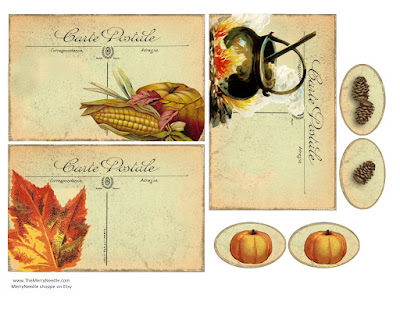Towards the end of the Depression and the advent of World War II, my maternal grandmother and mother would make pyracantha jelly. After the war, she still made it every so often. When I was young, my mother would send me to find and pick the large panicles of elderberries, and to also pick trusses of pyracantha berries. She made more elderberry jelly than pyracantha jelly, but I was more in awe of the pyracantha one. We lived in a new subdivision in New Orleans at that time; it was actually suburban exploration. I would ride my bike for many, many miles, gone for hours, often along the River Road or into Old Algiers, on these errands. Those were different days.
I was very scared of the large stinkbugs that liked to sit on top of the elderberries, but when sent on an errand, returning without completing it was unthinkable. The pyracanthas meant very sore hands and wrists, because the other name for pyracantha is "firethorn," and indeed their large thorns were quite a painful torment. I had very small hands, so I could avoid many thorns, but not all. I would return with many painful welts.
My mother always said she needed the pyracantha berries not for their flavor, which was bland at best, but for their color.
During the war, lemons were quite expensive and a treat. This was not an especially cheap jelly for them to have made, due to the cost of the lemon. Sugar rationing also meant this had to be planned for carefully. But the pyracantha berries were free.
Lemons and apple juice were used in my mother's recipe. I have it somewhere, but after this last move, I don't have them "to hand" at present. I do remember that she would seal this particular jelly with melted paraffin, then a lid.
Here is the best I can recall as to her recipe. I do remember that the berries would "pop" when boiled enough, and that she never squeezed or mashed them.
Be careful with any old or untried recipe! Perhaps ask your Cooperative Extension agent -- if they are still extant -- if the recipe sounds safe. Of course, we lived through it, but -- you never know.
Pyracantha Jelly
2 - 3 pounds pyracantha berries
Enough cold fresh water to barely cover the berries
3/4 cup fresh lemon juice, strained (can add more; my mother would often add more to make a more flavorful jelly). Either a big lemon or more than one will be needed.
Apple juice (clear) in case you need extra to make the cooked juice equal 3 1/2 cups
7-1/2 cups sugar
1 package powdered fruit pectin
Wash the berries and remove any stems. Place in large pot (not aluminum). Cover, bring to boil, and simmer about 25 minutes (the berries must "pop their jackets.") You are wanting the juice to be a fine color. Strain juice through a jelly bag or several layers of cheesecloth put over a large fine strainer. DO NOT push or press the berries or you will get cloudy jelly and maybe bitter, too.
Measure the juice you have. You will need 3 1/2 cups. Add apple juice
to the pyrancantha juice, if needed, to make the 3-1/2 cups. Take your lemon(s) and roll them hard on the counter. Roll and roll them, pressing on them, but don't split them. Now they will "let go juice" more easily. Cut in half and get the juice. Add the lemon juice and pour it all into either another clean pot or the pot you were using that you have rinsed.
Stir in the sugar as the juice heats and bring to a good boil, stirring
constantly. Skim any additional foam that forms, then add the pectin. Keep stirring and bring to a full rolling boil and boil hard about 3-5 minutes. Remove from heat, skim and ladle into hot sterilized
jars. Top with melted paraffin. Makes about five 1/2-pint jars.
















